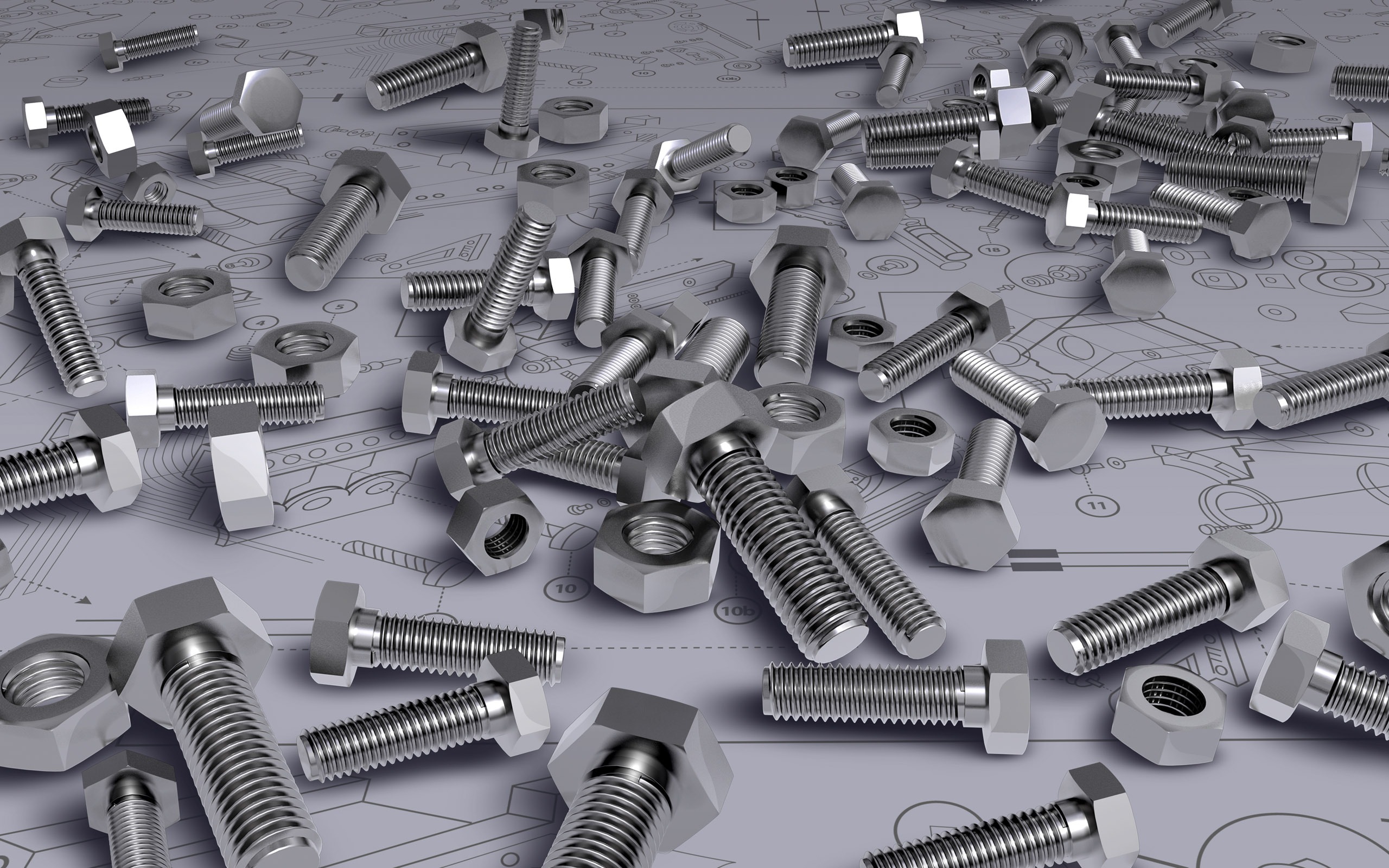Screws come in a variety of lengths, diameters and threading sizes. Choosing the right size screw for the job will ensure proper fastening and prevent material tearing or splitting.
The metric system measures screw diameter, length and threading size in millimeters. Imperial system measurements are listed with the gauge first and then the length, such as “10 x 2.” Screws often have multiple thread counts available within a certain diameter size.
Length
There are three main screw measurements: gauge, length, and threads per inch (TPI). Understanding these measurements will help you choose the right screws for your project.
If you’re using a wood screw, for example, it’s important to choose the correct length. If the screw is too short, it won’t reach into the material. If it’s too long, it may protrude beyond the material and cause damage.
To determine the length of a screw, measure from the top of the head to the tip of the thread. This measurement is not always listed on the package, but if it is, you’ll need to use either a ruler or a tape measure. Screws that are metric system-only will usually list their diameter first, then their length in millimeters. If you’re unsure about the measurements, consult an engineering drawing of the screw to find out exactly how they’re measured. This way, you’ll be sure to get the correct length every time.
Diameter
The diameter of a screw is the width of the threaded portion. The diameter is measured along the pitch line (an imaginary line that intersects each flank of the thread). Screws may be described with either imperial or metric measurements, but if they are imperial, their diameter will always be stated first. Metric screws are described with their diameter in millimeters, followed by the number of threads per inch and shaft length in inches.
The diameter of a screw is important because it determines how well the screw will fit into your material and how much load it will support. The correct screw size is crucial to avoid tears in your material and for safe application of the screw. The proper screw size will also ensure that the screw is able to penetrate the bone to achieve a strong hold. A good rule of thumb is that the head diameter should be at least as large as the material’s width.
Threads per inch
Screw sizes are identified by two measurements: the major diameter, or thread size; and the pitch. Pitch is the distance from one thread crest to another, while major diameter is the height of the thread.
The major diameter of a screw is usually measured with go/no-go gauges or directly on the thread. The depth of a thread is equal to the major diameter divided by 2. The pitch of a screw is the space between thread peaks, and can be measured using a pitch gauge or by counting the number of thread peaks in an inch.
Inch-based systems typically measure both diameter and pitch, while metric systems use one or the other. However, pitch and TPI are inversely proportional. For example, a screw with a high TPI has a low pitch, and vice versa. This distinction is analogous to the difference between coarse and fine grit on a grinding wheel or sandpaper.
Gauge
When it comes to determining screw size, there are three important measurements: gauge, diameter and threads per inch (TPI). The wrong screw can split wood or weaken metal, so understanding how these measurements relate is vital.
Measuring the diameter of a screw can be tricky, but a screw gauge makes it much easier. A screw gauge works by rotating the sleeve, converting small distances into larger ones that are easier to comprehend.
To use a screw gauge, begin by noting the whole number on the sleeve. Then, find the marking that corresponds with the thimble scale marking – this is usually located closest to it and beneath the measurement line. Once you’ve found this, add the three numbers together. You can also use a screw gauge to measure the pitch and least count of a screw. This information is particularly important if you’re working with self-drilling screws, as they can penetrate materials without the need for a predrilled hole.1/4 to mm

